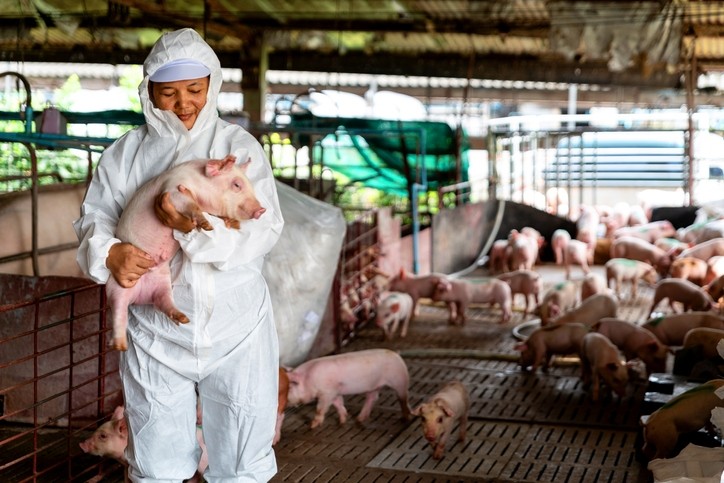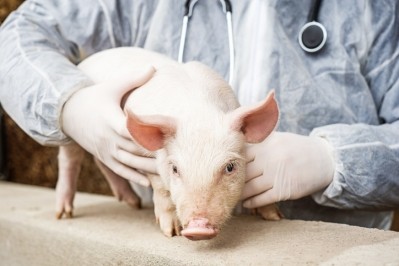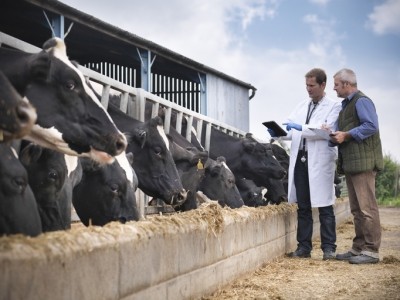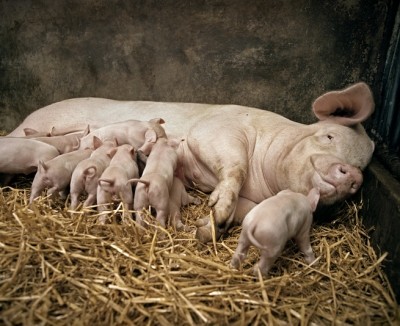Tackling methane emissions in swine: Developing desirable gut microbiota

The partnership involves Danisco Animal Nutrition & Health, part of IFF’s Health and Biosciences, and Aarhus University’s Department of Animal Science and Department of Biological and Chemical Engineering.
The team behind the initiative, MethEnzwine, also want to reduce the need for antibiotics and antimicrobial substances in pork production.
Antimicrobial resistance (AMR) is an increasing problem and is considered as a major global threat to public health, added the research team. Denmark has a huge pig herd, with around 75% of the antimicrobials used for livestock in Denmark applied to swine production.
The organizers said the industry and academic tie-up has already generated promising preliminary results – an outcome that prompted the Innovation Fund Denmark decision to grant 14 million DKK to the project.
Gut microbiota
Essentially, the researchers are looking to develop a feeding concept aimed at improving pig gut microbiota to reduce methane emissions from pig production, improve pig growth and performance and increase the general health status of pig herds.
A supplemented enzyme is added to the feed, designed to release prebiotic substrates in the gastrointestinal tract in pigs, explained project manager, Charlotte Horsmans Poulsen, Health & Biosciences, IFF.
The prebiotic substrates will increase the development of a desirable gut microbiota composition with higher numbers of growth-promoting beneficial bacteria and fewer metanhanogenic archaea, the microorganisms that are responsible for the production of methane emissions.
Danisco Animal Nutrition & Health is responsible for developing the enzyme concept, and Aarhus University will investigate the impact on pigs’ methane emissions, pig growth performance, feed efficiency, gut health, and immune response.
“Compared to cattle, pigs emit far less methane per animal, but due to the considerable pig population size in Denmark, it is important to consider the possibilities of reducing such emissions,” said senior researcher, Ole Højberg, Department of Animal Sciences at Aarhus University, who is also the coordinator of the university’s part of the project.
He stressed that, along with the reduced climate footprint goal, improved pig health, and lower dependence on antibiotics and other antimicrobial substances in pig production is a key objective.
The project is set to run for 3.5 years.








